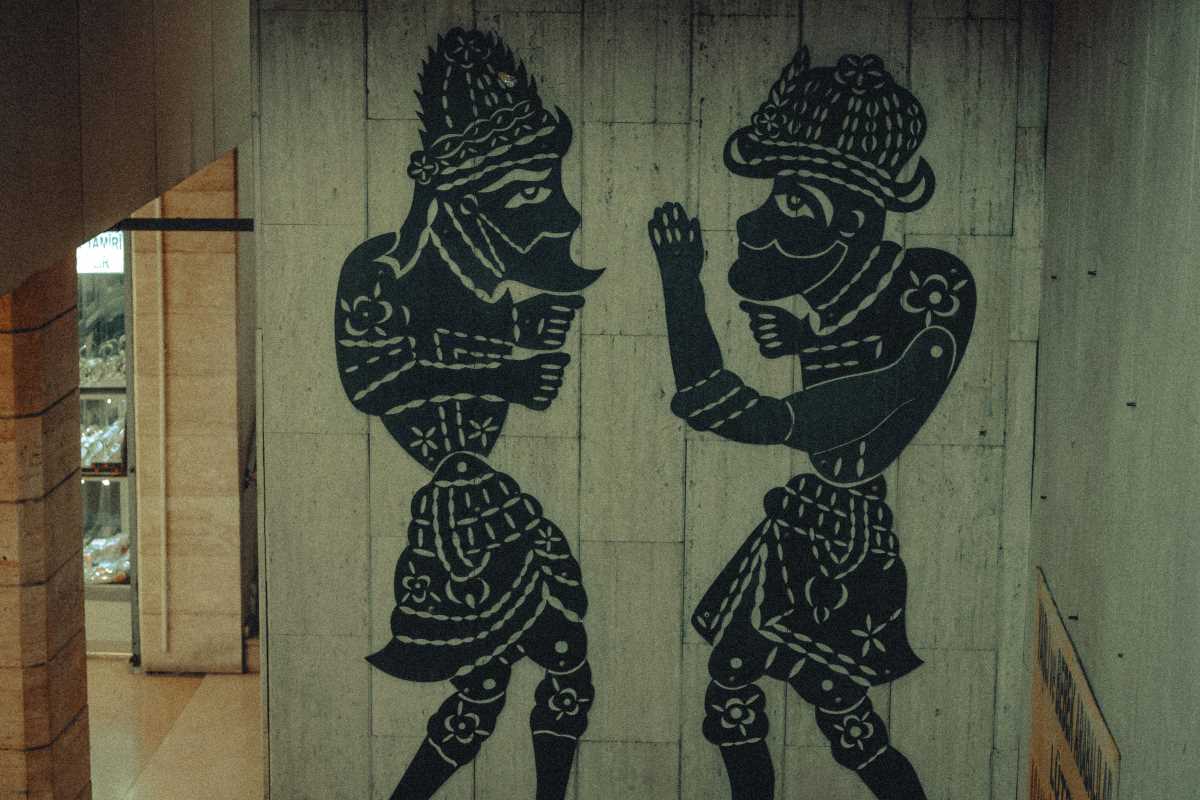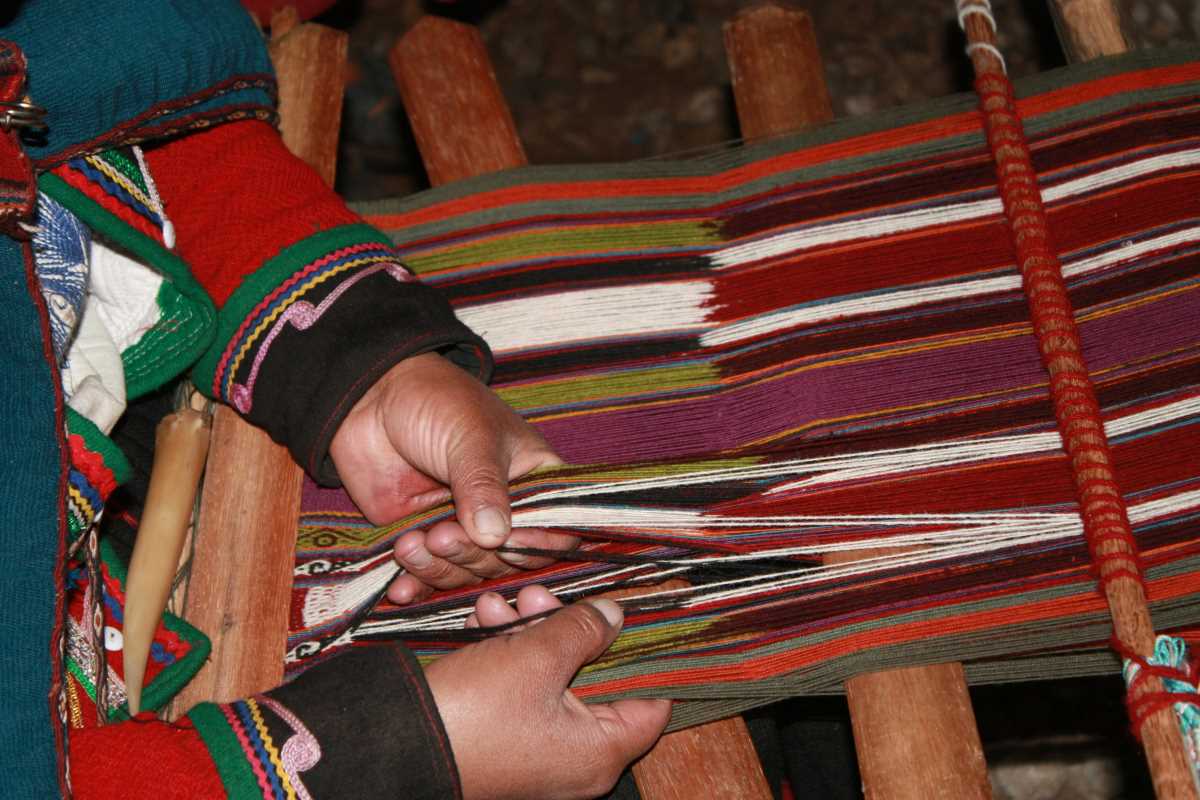Southeast Asia is a region rich in cultural diversity and artistic expression, with each country boasting its own unique traditions and histories. Among these, shadow puppetry is a mesmerizing and intricate art form that has captivated audiences for centuries. This ancient practice serves as entertainment and a vessel for storytelling, preserving myths, legends, and cultural values across generations. In the modern era, the art of shadow puppetry faces significant challenges that threaten its continued existence. Rediscovering and revitalizing this lost art is essential to maintaining the cultural tapestry of Southeast Asia.
Historical Significance of Shadow Puppetry
- Origins: Shadow puppetry, known locally as wayang kulit in Indonesia, Nang Yai in Thailand, and Thol in Cambodia, has roots that trace back over a millennium. Scholars believe it originated in India and spread to Southeast Asia through ancient trade routes and cultural exchanges.
- Cultural Impact: Historically, shadow puppetry served not merely as a form of entertainment but also as a medium for moral and religious instruction. Stories often derived from epic tales such as the Hindu Ramayana and Mahabharata, conveying ethical lessons and preserving religious narratives.
- Key Figures: Renowned puppeteers like Pa Ngurah Sidabutar of Java and Khun Sri Nakhon in Thailand played pivotal roles in developing and promoting shadow puppetry. Their contributions helped shape the stylistic and narrative elements that define the art form today.
- Social Role: Shadow puppet performances integrated into community gatherings, religious ceremonies, and royal courts. They served as a unifying force, bringing together diverse groups to share in collective storytelling and cultural expression.
Artistic Techniques and Materials
- Puppet Construction: Artisans meticulously craft puppets from buffalo leather, bamboo, and colored cellophane. The leather is painstakingly carved and dyed to create intricate patterns and figures that play with light and shadow.
- Design Elements: The artistry lies in the delicate balance between simplicity and complexity. Each puppet features detailed attire, expressive facial features, and symbolic motifs that convey character traits and narrative elements.
- Performance Mechanics: Performers manipulate the puppets behind a translucent screen illuminated by a light source. Precise movements and coordinated hand gestures bring the characters to life, creating dynamic scenes that engage the audience.
- Musical Accompaniment: Traditional instruments like the gamelan orchestra in Indonesia and the piphat ensemble in Thailand provide rhythmic and melodic support. The music enhances the storytelling, setting the mood and accentuating dramatic moments.
Notable Shadow Puppetry Traditions
Shadow puppetry traditions vary across Southeast Asia, each with its unique characteristics and cultural significance. In Indonesia, the Javanese and Balinese versions of wayang kulit are the most renowned, featuring elaborate performances that blend animation, music, and dance. The puppets, often depicting gods, heroes, and mythical creatures, narrate stories that reflect societal values and philosophical concepts.
Thailand's Nang Yai differs in its size and storytelling approach, typically involving larger puppets and more elaborate stage setups. Cambodian Thol puppetry, on the other hand, incorporates elements of Buddhism and local folklore, with performances often held during religious festivals and community events. Each tradition preserves its unique heritage while showcasing the adaptability and resilience of shadow puppetry as an enduring form of artistic expression.
Decline of Shadow Puppetry
The enchanting world of shadow puppetry has experienced a noticeable decline in recent decades, leading many to regard it as a lost art. Several factors have contributed to its waning popularity. The rise of modern entertainment mediums such as television, cinema, and the internet diverts audiences away from traditional performances. Urbanization and changing lifestyles in Southeast Asia have reduced the communal settings where shadow puppetry flourished.
Economic challenges also play a role, as the costs associated with maintaining and passing down the intricate skills required for puppet making and performance are significant. The tradition risks fading into obscurity without sufficient financial support and incentives for young artists to pursue this craft. Political and social upheavals in the region have disrupted cultural practices, further diminishing the presence of shadow puppetry in public life.
Revival and Preservation Efforts
Despite the challenges, a growing movement seeks to revive and preserve shadow puppetry in Southeast Asia. Cultural organizations and governments implement various initiatives aimed at safeguarding this heritage. Workshops and training programs have been established to teach the art form to new generations, ensuring that the skills and knowledge are not lost.
Collaborations between traditional artists and contemporary creators also inspire innovation within shadow puppetry, making it more accessible and appealing to modern audiences. Performances integrate into educational curricula and cultural festivals, providing platforms for exposure and appreciation. Efforts to document and archive shadow puppetry techniques and performances prove crucial in preserving the intricacies of the craft for future study and revival.
International interest and tourism also contribute to the preservation of shadow puppetry. By showcasing performances to global audiences, artisans gain recognition and support, creating economic incentives to continue their work. Grants and funding from cultural preservation societies provide the necessary resources to maintain puppet-making workshops and performance venues.
Southeast Asia's ancient tradition embodies the region's artistic ingenuity and serves as a living testament to its history and values. By supporting revival efforts and nurturing appreciation for shadow puppetry, communities can ensure that this mesmerizing art form continues to enchant and educate future generations.
 (Image via
(Image via




.jpg)
